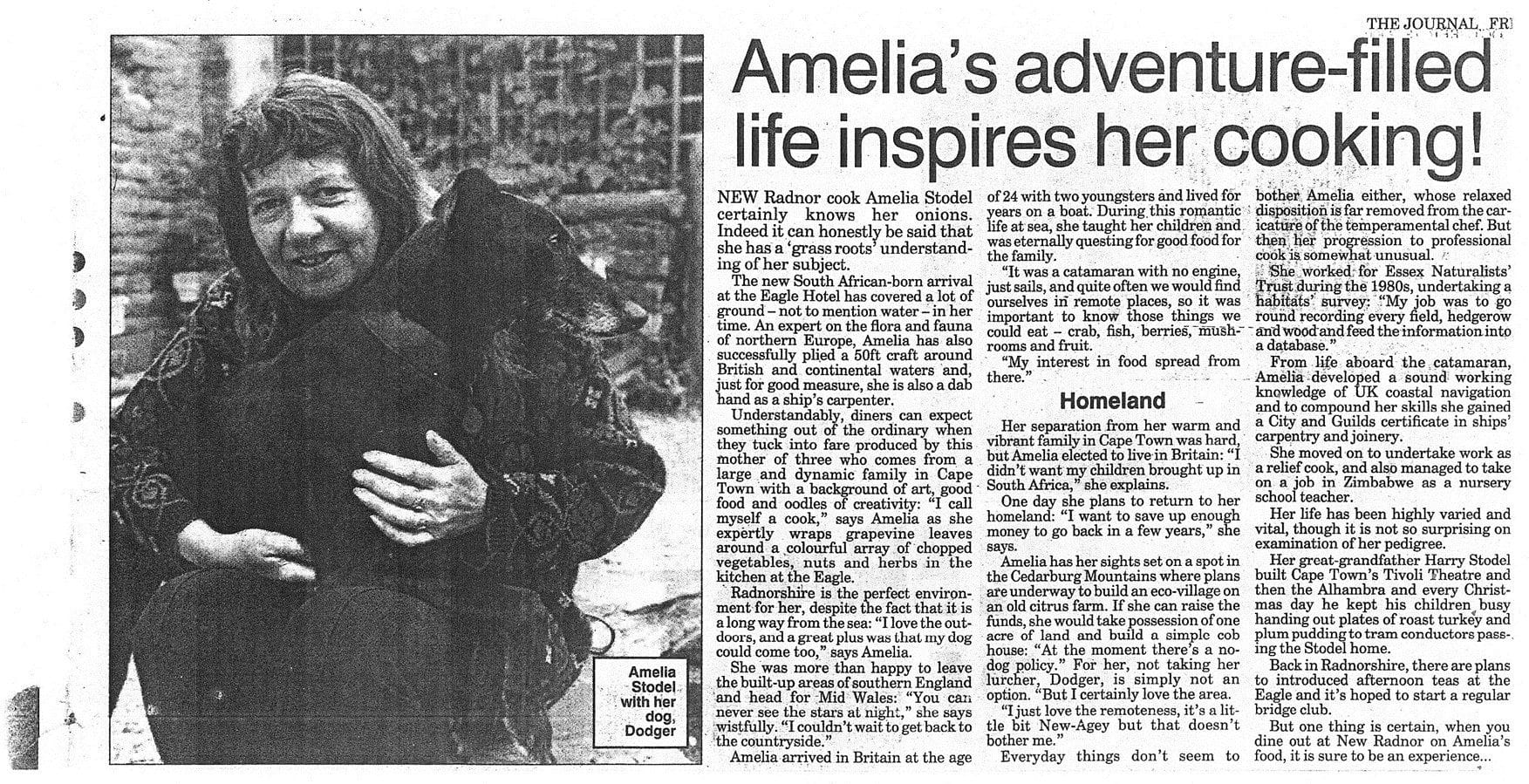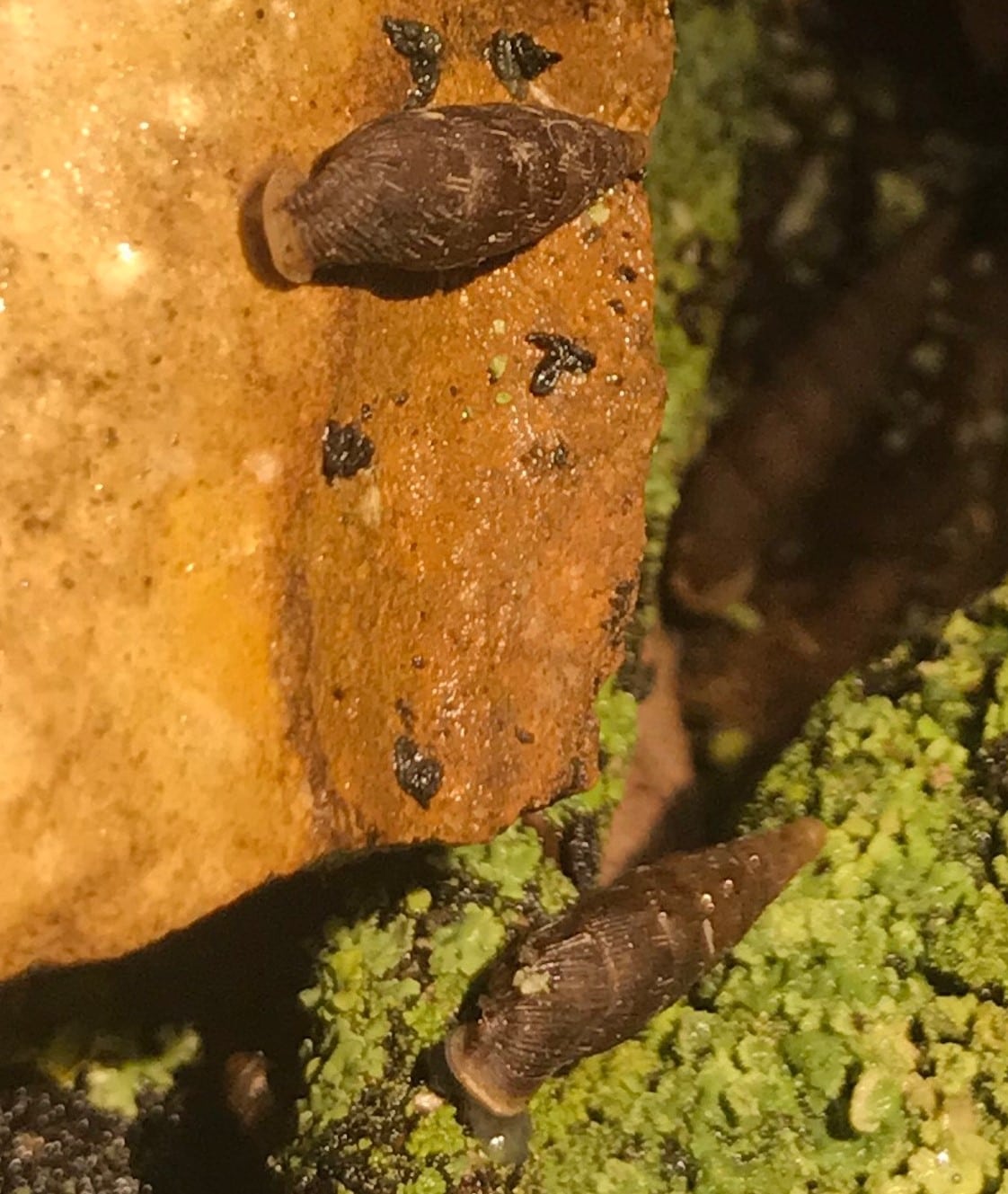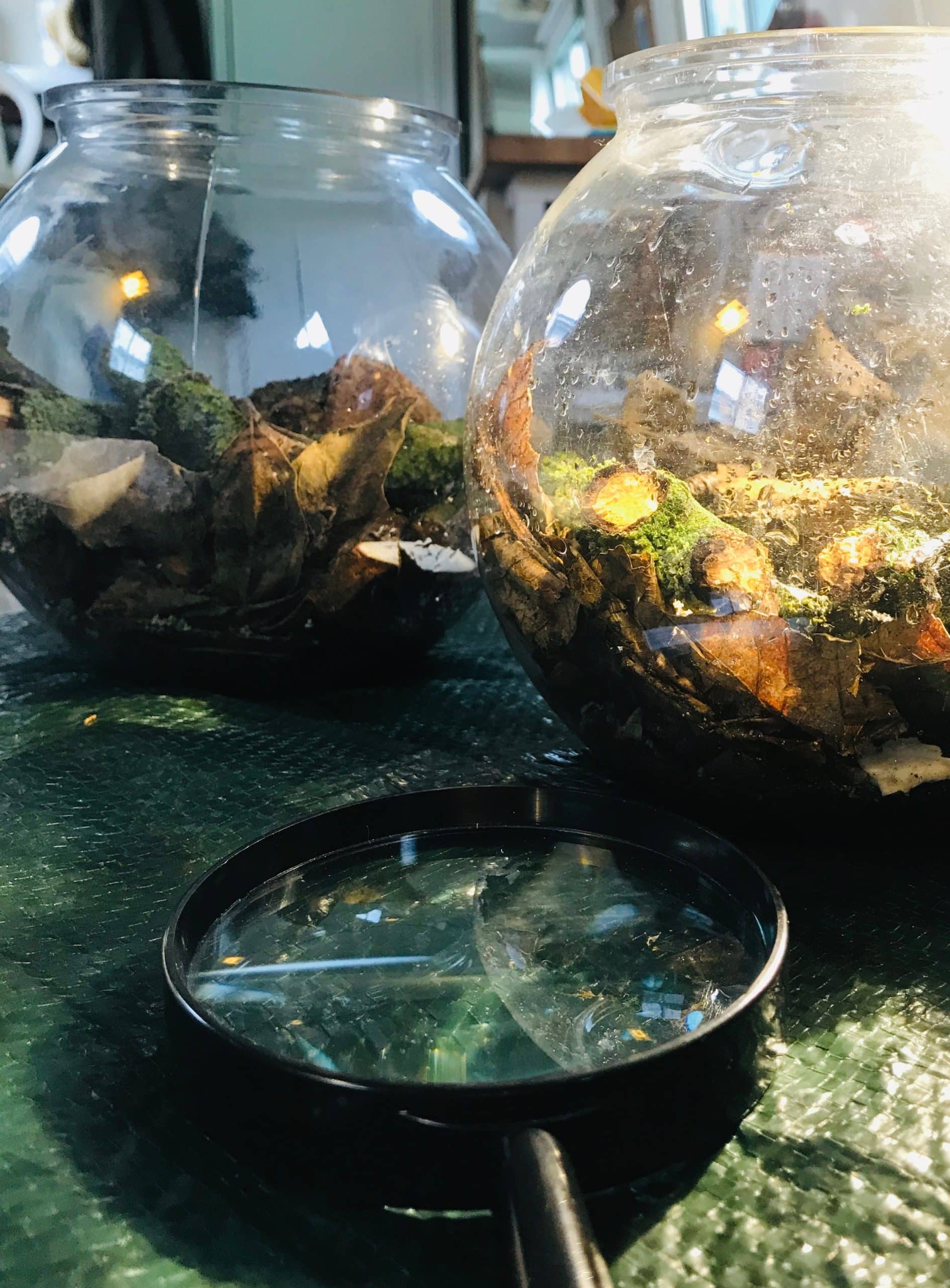Amelia Stodel

Ecology has inspired all aspects of my adventure-filled life
In the late 1980s, I briefly worked for the Essex Wildlife Trust as a Phase 1 Habitat Surveyor recording the plants and topography throughout the county. A couple of decades down the line, you would find me working in the Western Cape, South Africa, gathering records of indigenous flora in the fynbos biosphere. Plants have always been my main passion and the knowledge and training I gained from my experience as an ecologist helped nurture the awe and curiosity I have of the natural world.
I returned to the UK in 2011, moving into a house boat on a wharf at the junction of the rivers Brent and Thames. One day, while working on a small patch of garden on the wharf’s bank, I noticed a tiny little snail that I hadn’t previously encountered; after making enquiries around the neighbourhood, my landlord told me it was a Thames two-lipped snail (Balea biplicata).

A close-up of the Thames two-lipped snails © Minhyuk Seo
Contrary to the most recent ecological survey of the wharf, which reported all specimens of the Thames two-lipped snails as dead, my snails were very much alive and I had observed and recorded them in other locations along the canal and the banks of the Thames.
I started to research more in-depth and discovered that most live records of the snails were outdated; a small population was reported in Purfleet, Essex, 20 years ago and the Essex Wildlife Trust confirmed that no snails have been observed there since. Towards the end of 2018, I went along to a meeting with ecologists and volunteers for London Wildlife Trust’s Isleworth Ait and learned that there has been no live recordings of Thames two-lipped snails for the past three years.

Observing the snails through a bowled habitat © Minhyuk Seo
Having realised the population is probably restricted to a tiny corridor along the River Thames, I started to collect live specimens from the site and keep them in bowls on my foredeck (moving them into my wet room when conditions got too rainy). I observe the snails most evenings (they are dusk to dawn feeders), keeping them in leaf litter and supplying them food in the form of foraged twigs with growth of Xanthoria and Physcia lichen and cuttlebone as calcium supplements. Although quite time-consuming, the more I discover and learn about the snails, the more fascinating they become.
With my recording efforts accumulating, I came across GiGL in 2014, as recommended by my neighbour who worked at Kew Gardens, and submitted my records through the online form along with images of the live specimens. My records apparently make up a fifth of all Thames two-lipped snail records on GiGL’s species database which highlights the need for increased recording effort around my area; the more records that are sent to GiGL, the better we can understand London’s wildlife.
Having a comprehensive records base of the Thames two-lipped snail has never been more relevant as they are now under threat from planning works. The 17th century walls of the wharf are in desperate need of restoration and development has already begun, starting with the removal of mature trees that support the Thames two-lipped snails throughout their life-cycle. As a result, a lot of the specimens I am now finding are dead and only a few live individuals remain. Although globally a species of least conservation concern, they are rare, possibly native, species in Britain that are designated as a London BAP priority species.
Using up-to-date environmental records in making planning decisions is not about preventing development, as the walls of the wharf I live on are becoming unsafe, but alternative actions could have been made in advance to minimise the effects development has had on the Thames two-lipped snails.
The future however, looks more positive with regards to the snails’ potential extinction. I read a paper about a successful breeding and re-release program with the Partula tree snail in Hawaii and believe that a similar, controlled reintroduction programme may work for the Thames two-lipped snail too; I am currently in contact with various conchologists about its feasibility. If a suitable habitat can be found for such a programme, I have high hopes to be able to record these wonderful snails along the Thames for years to come.
